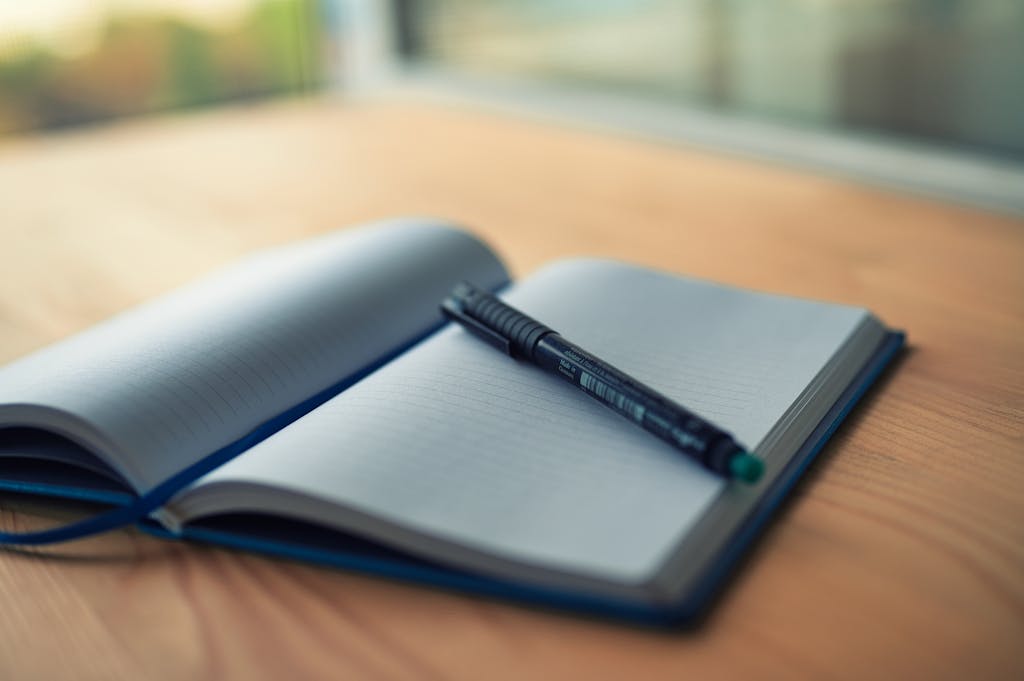How to Write Crochet Pattern Notes and Special Instructions

How to Write Crochet Pattern Notes
Pattern notes and special instructions are the secret ingredient that turn a standard crochet pattern into a professional, easy-to-follow guide. Knowing how to write effective crochet pattern notes and special instructions to provide context, explain techniques, and clarify details that aren’t obvious in the step-by-step instructions is a useful skill to have.
This post is part of our blog series on How to Write Brilliant Crochet Patterns.
In this guide, you’ll learn how to write effective crochet pattern notes and special instructions that enhance clarity, help crocheters avoid mistakes, and make your patterns feel polished and professional.
Why Pattern Notes Matter
Clarify techniques: Explain unique stitches, construction methods, or finishing details.
Provide context: Help crocheters understand the overall design and workflow.
Reduce confusion: Minimise questions about abbreviations, repeats, or sizing.
Enhance professionalism: Well-written notes make your patterns more trustworthy and enjoyable.
Where to Include Crochet Pattern Notes
1. Before the Instructions Section
Include general notes about skill level, abbreviations, and terminology.
Example: “This pattern uses UK terms. Ch 3 counts as first dc unless otherwise stated. Suitable for intermediate crocheters.”
2. Throughout Instructions
Add clarifications for tricky steps.
Example: “When working in back loops only, insert hook under the back loop of each stitch.”
3. After the Pattern (Optional Notes)
Tips on finishing, assembly, or alternative variations.
Example: “For a firmer edge, you can add a second border in contrasting colour.”
Types of Crochet Pattern Notes
- Abbreviation and Terminology Notes
- Clarify UK vs US terms
- Explain uncommon stitches.
- Include a mini glossary if needed.
- Construction Notes
- Explain how the piece is worked (top-down, bottom-up, in pieces).
- Include any shaping instructions or special joins.
- Skill-Level Tips
- Identify areas where beginners may need extra guidance.
- Offer optional shortcuts or variations.
- Troubleshooting Notes
- Anticipate common mistakes.
- Example: “If your gauge is larger than specified, your sweater may fit loosely – consider using a smaller hook.”
How to Write Effective Pattern Notes
- Be concise but clear
- One or two sentences is usually enough.
- Avoid overwhelming the reader with long paragraphs.
- Use bullet points for multiple tips
- Makes notes easy to scan.
- Example: Check your gauge before starting.
- Tips: Count stitches at the end of each row.
- or Use stitch markers to track repeats.
- Place notes strategically
- General notes go at the start.
- Technique-specific notes go inline with instructions.
- Link to tutorials if helpful
- For complex stitches, reference video tutorials or diagrams.
Common Mistakes to Avoid When You Write Pattern Notes
- Being too vague (“use your judgment”)
- Overloading instructions with excessive notes
- Forgetting to define uncommon stitches
- Placing notes in the wrong section of the pattern
- Not aligning notes with formatting standards
- Avoiding these mistakes ensures your patterns are user-friendly and professional.
Tools for Writing Pattern Notes
Pattern templates: Have sections for notes, tips, and instructions ready.
Word processors or design tools: Word, Google Docs, Canva, or InDesign.
Tech editing: A professional editor can check notes for clarity and consistency.
To finish off…
Well-written pattern notes and special instructions elevate your crochet patterns from simple instructions to polished, professional resources. By including clear guidance, clarifying techniques, and anticipating common questions, your patterns will be easier to follow, more enjoyable to use, and more likely to attract repeat customers.
💡 Next Step: See the full hub article How to Write Brilliant Crochet Patterns for comprehensive guidance on creating professional patterns from start to finish, and check out Formatting Crochet Patterns for Clarity and Crochet Pattern Abbreviations: A Useful Guide for linked resources.
